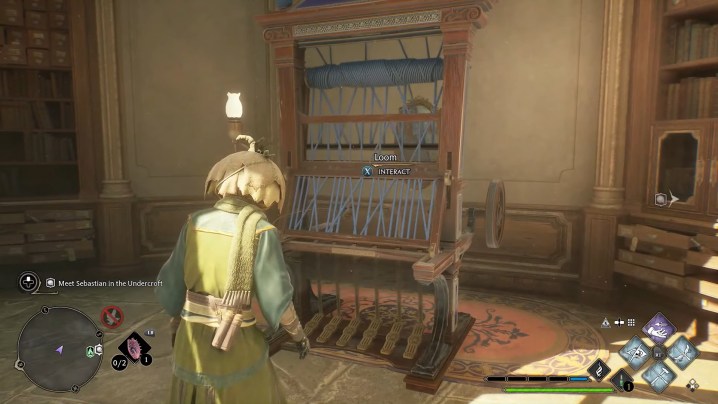For the first time ever, you can not only create your own witch or wizard and enroll as a student of the titular academy in Hogwarts Legacy, but you can also customize them with tons of clothing and gear options. As with most RPGs, the gear you collect from various chests and as quest rewards will have their own stats associated with them, but you also have the ability to further improve your equipment with traits.
This is a fairly in-depth system, so if you’ve been slacking on your studies, we’ll walk you through everything you need to know about traits and which ones are the best in Hogwarts Legacy. And don’t forget to consider the best talents in Hogwarts Legacy as well.
How to get traits

Traits in Hogwarts Legacy are extra buffs you can apply to your gear. Each piece of gear, based on what rarity it is, will have trait slots of different levels that you can weave your traits into. Traits can be either offensive or defensive, but in various ways.
In order to start adding traits to your gear, you first need to unlock the Enchanted Loom. This is done by progressing the main story up until you complete the “The Elf, The Nab-Sack, and The Loom” quest, at which point the Enchanted Loom will be added to your Room of Requirement.
To get traits, though, you need to craft them using materials you collect by rescuing the various beasts in the open world, but only once you’ve found the recipe for it. Recipes can be obtained by completing Combat Challenges and raiding Bandit Camps, or found inside certain chests. Crafting each tier always requires the same materials: one Puffskein Fur for level 1, one Diricawl Feather for level 2, and one Kneazle Fur for level 3.
Traits come in different levels ranging from 1 to 3, with level 3 being the most potent version of that trait. Just remember that your gear rarity will limit the level of trait you can apply to it, with Superb only allowing level 1, Extraordinary level 2, and Legendary getting level 3.
Best traits to get

Here are 10 of the best traits you can get in Hogwarts Legacy and what they do.
- Concentration III: Increased damage of all Damage spells
- Binding III: Increased damage with Petrificus Totalus
- Herbology III: Increased damage by all plants
- Protego Shielding III: Decreased damage taken from Dark Wizards
- Anti-Venom III: Significantly decreased damage taken from Spiders
- Control III: Increased damage with Ancient Magic Throw
- Ambush III: Increased spell damage while concealed by Disillusionment
- Unforgivable III: Increased damage dealt to cursed targets
- Laceration III: Increased damage with Diffindo
- Cushioning III: Decreased damage taken from Trolls



